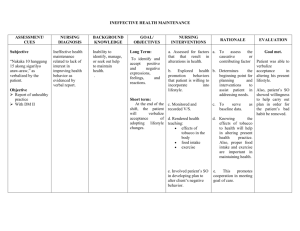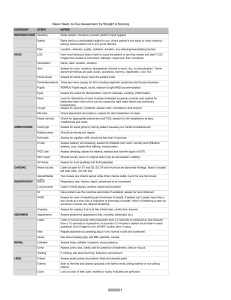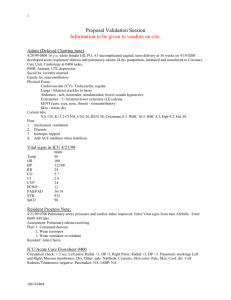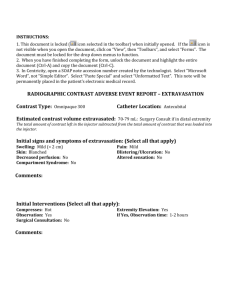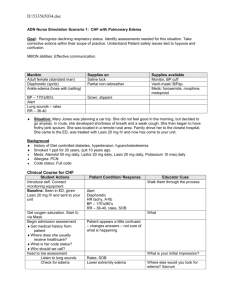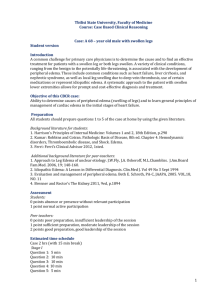Non-Invasive Hand-Held Brain Edema Monitoring System
advertisement
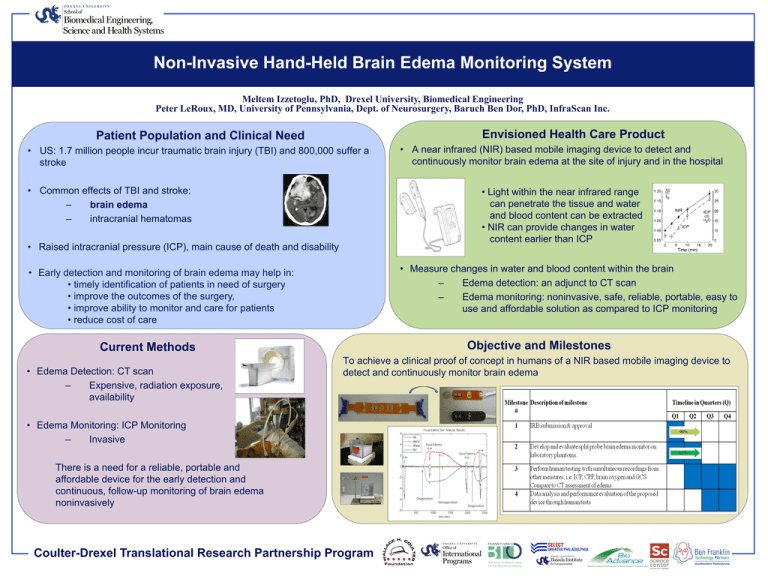
Non-Invasive Hand-Held Brain Edema Monitoring System Meltem Izzetoglu, PhD, Drexel University, Biomedical Engineering Peter LeRoux, MD, University of Pennsylvania, Dept. of Neurosurgery, Baruch Ben Dor, PhD, InfraScan Inc. Envisioned Health Care Product Patient Population and Clinical Need • US: 1.7 million people incur traumatic brain injury (TBI) and 800,000 suffer a stroke • Common effects of TBI and stroke: – brain edema – intracranial hematomas • Light within the near infrared range can penetrate the tissue and water and blood content can be extracted • NIR can provide changes in water content earlier than ICP • Raised intracranial pressure (ICP), main cause of death and disability • Measure changes in water and blood content within the brain – Edema detection: an adjunct to CT scan – Edema monitoring: noninvasive, safe, reliable, portable, easy to use and affordable solution as compared to ICP monitoring • Early detection and monitoring of brain edema may help in: • timely identification of patients in need of surgery • improve the outcomes of the surgery, • improve ability to monitor and care for patients • reduce cost of care Objective and Milestones Current Methods • Edema Detection: CT scan – Expensive, radiation exposure, availability • A near infrared (NIR) based mobile imaging device to detect and continuously monitor brain edema at the site of injury and in the hospital To achieve a clinical proof of concept in humans of a NIR based mobile imaging device to detect and continuously monitor brain edema • Edema Monitoring: ICP Monitoring – Invasive There is a need for a reliable, portable and affordable device for the early detection and continuous, follow-up monitoring of brain edema noninvasively Coulter-Drexel Translational Research Partnership Program
